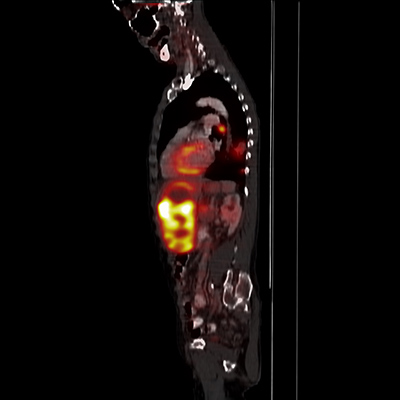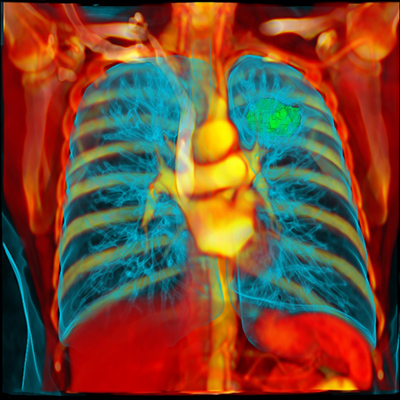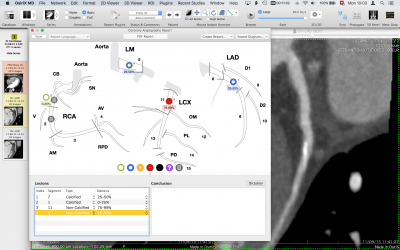
Other source systems that can make data accessible.Healthcare information comes from various sources and can generate large amounts of data: Running Mirth Connect on AWS provides the necessary scalability and elasticity to meet the current and future needs of healthcare organizations. This project is a standalone server that functions as a central point for routing and processing healthcare information. Mirth Connect is an open source, cross-platform, bidirectional, healthcare integration engine. The project that ingests and processes this data is called Mirth Connect. The system can scale to meet the ever-increasing demands of modern medicine. Using open source technologies on AWS, you can build a system that transforms, stores, and processes this data as needed. In this post, I demonstrate the capability to consume different data types as messages, transform the information within the messages, and then use AWS service to take action depending on the message type. Also, each system needs to communicate with a central repository called a health information exchange (HIE) to build a central, complete clinical record for each patient. Each of these platforms can have varying implementations of complex healthcare data standards.
#Osirix dicom library software#
Providers record patient information across different software platforms. A simple example would be that my primary care doctor lists me as Joe whereas the hospital lists me as Joseph. When you go to the hospital for an emergency, a whole new record is created that may contain duplicate or conflicting information. When you get a physical examination, your doctor’s office has an electronic chart with information about your demographics (name, date of birth, address, etc.), healthcare history, and current visit.


Using a combination of AWS services and open source software, we can use these new datasets to work towards these goals and beyond. Pushing for these improvements has created many new data opportunities as well as challenges. This change is the byproduct of efforts to improve patient outcomes, increase efficiency, and drive population health. Physicians are more likely to enter the exam room with a laptop than with paper and pen.

As anyone visiting their doctor may have noticed, gone are the days of physicians recording their notes on paper.


 0 kommentar(er)
0 kommentar(er)
